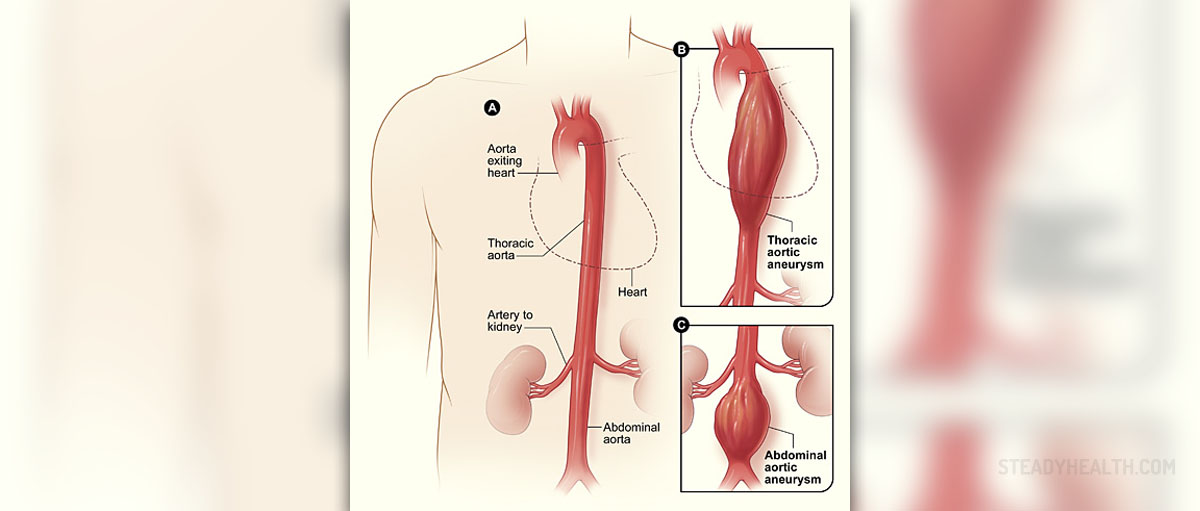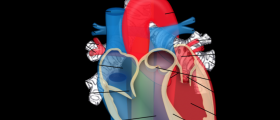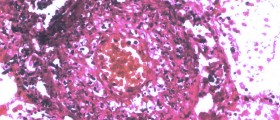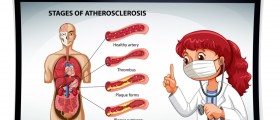
An aneurysm is an abnormal bulging or ballooning of a portion of a blood vessel. The wall of the aneurysm is thinner and quite weaker compared to the rest of the affected blood vessels. This makes aneurysms weak spots which may easily rupture in there are sudden fluctuations in blood pressure, especially sudden increase in blood pressure.What is AAA and Who Gets Affected?
In the majority of cases aneurysm affects the aorta, the largest blood vessel in the body that begins from the left portion of the heart and passes through the chest cavity as well as abdominal cavity. Its branches and in charge of blood supply to all parts of the body via systematic circulation. Now, this blood vessel can be divided into a few portions - the ascending aorta, arch of the aorta, and descending aorta (this part is further divided into thoracic and abdominal aorta). The abdominal aorta is a common site of aneurysm. This is a so called abdominal aortic aneurysm or shorter AAA.
Abdominal aortic aneurysm may be relatively small or rather huge in size. Still, once it forms it tends to get larger gradually. The speed of enlargement is different from patient to patent. It is estimated that many times the aneurysm gets larger by approximately 10% each year.
Scientists have not managed to identify the exact underlying cause of abdominal aortic aneurysm. However, the condition typically affects older people and is rather rare prior to 60 years of age. This drives to conclusion that the process of aging definitely plays significant role in pathogenesis. According to the available data 6 out of 100 men and 2 out of 100 women older than the age of 65 are suffering from abdominal aortic aneurysm. The major concern is potential rupture of the aneurysm since once the bleeding begins it is hard to control, and one may rapidly lose huge amounts of blood and die.
Under normal circumstances the wall of the aorta is made of smooth muscle, elastin and collagen. Elastin and collagen act as powerful supporters not allowing the wall to collapse. It is noticed that when we age the blood vessels seem to lose their normal strength and elasticity due to insufficient amount of elastin and collagen or structural changes in these proteins. The vessels become weaker and prone to aneurysms.
Furthermore, there seems to be a connection between abdominal aortic aneurysm and certain genetic characteristics. Namely, despite specific genes that might be blamed for weakening of the abdominal wall have not been identified yet, the person is highly likely to end up with AAA if his/her parent suffers from the same condition.
Finally, the process of atherosclerosis is considered to be a trigger factor that initiates bulging of the affected portion of the aorta. Atheroma develops in the form of fatty substance deposits and affects the walls of arteries. It is blamed for loss of elasticity of the blood vessel. As a result the nearby portions of the blood vessel also suffers from certain loss of elasticity and the vessel cannot expand normally, if there is a need. So, lack of elasticity eventually leads to permanent bulging.
Ultrasound for Diagnosis
The process of diagnosing abdominal aortic aneurysm is gradual and involves physical exam as well as certain imaging studies the are able to visualize the abdominal aorta and detect specific changes in its wall. Many times the condition is practically asymptomatic and symptoms and signs only develop once the aneurysm has ruptured. In case of large aneurysms, the ballooning of the blood vessel may be palpated during physical exam of the abdomen.
If the rupture takes place, patients experience severe abdominal pain or back pain. Profuse loss of blood soon leads to a sharp drop in blood pressure and collapse, Left untreated, the condition may soon cause death.
As far as diagnostic tools doctor use for diagnosing abdominal aortic aneurysm, there are several available. For instance, bulging of the aorta may be confirmed with X-ray of the abdomen but only if there are calcium deposits lining the affected part of the blood vessel. Ultrasound is a perfect device that may be used to confirm the presence of the aneurysm. This is a non-invasive and painless exam. It can be performed in both genders, people of all ages and even in pregnant women. So, since it is not harmful and is rather precise ultrasound is always used when there is a chance one is suffering from ruptured abdominal aortic aneurysm.
Finally, uncomplicated abdominal aneurysms may be also confirmed with the assistance of CT, MRI and angiography.
All in all, the size of the aneurysm is what determines the likelihood of the rupture. Namely, if the aneurysm is 40-55 mm wide, there is a 1 in 100 chance of rupture per year. The risk increases in case the diameter of aneurysm is higher so in case it is between 70 and 79 mm there is a 35 in 100 chance the aneurysm will rupture or if the diameter is 80 mm or more, the risk reaches 50%.

















Your thoughts on this
Loading...